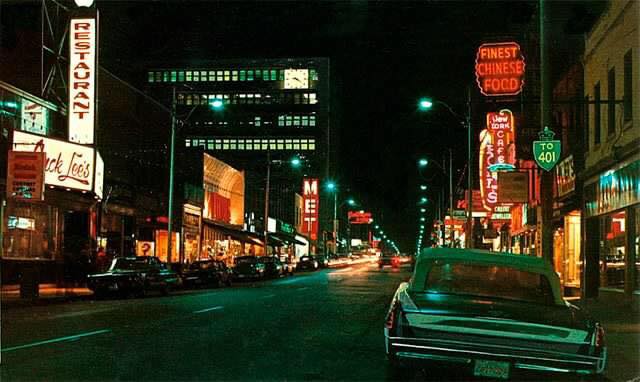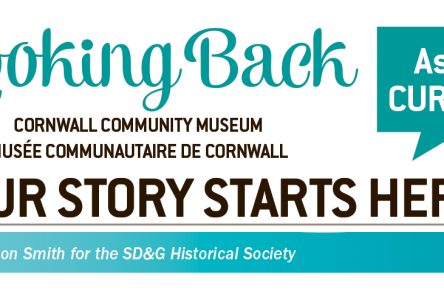During the late 50s, a tall man over six feet in height moved from his hometown, Mattawa, Ontario, to Cornwall. He came to our city looking for work, and would assist in constructing Cornwall’s Seaway International Bridge.
The construction of Cornwall’s first bridge ended up in tragedy. On September 6, 1898, pier #2 plunged into the St. Lawrence River, taking two spans of a nearly completed bridge with it. Fifteen workers lost their lives in this catastrophe, six of whom are buried in St. Columban’s and Woodlawn Cemetery. What I found most touching, was the fellowship shown among the surviving workers. These men, living in a time when money was scarce, pitched in for the burial of their co-workers. Many of the deceased hailed from far away and would not have had families with funds to pay for their funerals or a tombstone. This was truly an act of great comradery.
Ten years later, a similar catastrophe would strike the banks of the St. Lawrence River. On June 23, 1908, the South bank of the canal gave out about 500 feet west of Lock 18. The bridges “swing span pier” tipped over, bringing yet another Cornwall bridge down to the ground. There were no deaths, but two were injured in the destruction.
One of Cornwall’s most memorable bridges, The Roosevelt Swing Bridge, officially opened on June 30, 1934. The opening ceremony took place on the south side of Cornwall Island, south of the Canadian Customs House. The opening of this bridge was a major event, with many prominent figures invited to attend the ceremony. In early June 1934, Sir Robert Borden, a Canadian lawyer, politician, and the eighth Prime Minister of Canada, sent a formal reply to an invitation he received from Mayor Aaron Horovitz. He was forced to decline due to prior arrangements. The Roosevelt Swing Bridge is one of the bridges most spoken about, because the center of the bridge would pivot to allow ships to pass through the Cornwall Canal. Not long after the bridge officially opened, it was planked over and opened to automobile traffic.
In 1962, Cornwall would see a new bridge lining the sky for the next fifty-two years. Although some considered it to be an eyesore, I believe it was a Cornwall icon. The North Channel Bridge that linked together Cornwall and Cornwall Island, opened to traffic on July 3, 1962. This bridge, a high level structure, measured 1625 meters long, 8.2 meters wide, and was 36.6 metres above the canal below it.
Leaving Mattawa behind, Archie Latour needed a place to stay while he worked on Cornwall’s new bridge. He rented a room from Rolande Séguin at 219 Sydney Street, which, at that time, operated as a boarding house. Travelling away from home to look for work resulted in a construction worker finding the love of his life. The couple would later have five children, and as the years passed by, they would be blessed with seven grandchildren… One of whom, was me.



